This is a drawing of the Earth's lithosphere.
Click on image for full size
Clues to Plate Movements
Many kinds of surface features are clues that our lithosphere is sliding.
Two types of features can form when plates move apart. At mid ocean ridges, the bottom of the sea splits apart and new crust is formed from molten rock, or magma, rising from the mantle. Continental rifts form when a continent begins to split apart. If a continental rift continues to split a continent apart it can eventually form an ocean basin.
When two plates move towards each other, several features can form. Often, one of the plates is forced to go down into the hot asthenosphere at a subduction zone. Volcanoes may form when a subducted plate melts and the molten rock comes to the surface. If neither plate is subducted, the two crash into each other forming huge mountains.
If these features are found on a planet's surface, they provide evidence that the planet's surface is in motion. The sliding lithosphere makes Earth special because there are only a few other planets that have a surface in motion.
You might also be interested in:
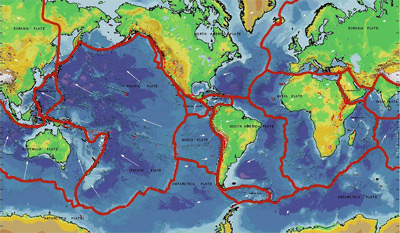
The main force that shapes our planet's surface over long amounts of time is the movement of Earth's outer layer by the process of plate tectonics. This picture shows how the rigid outer layer of the Earth,
...more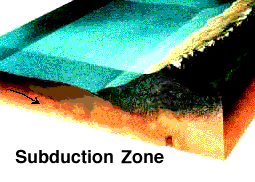
When two sections of the Earth's crust collide, one slab of crust can be forced back down into the deeper regions of the Earth, as shown in this diagram. This process is called subduction. The slab that
...more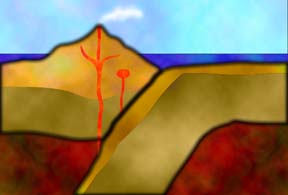
Mountains are built through a general process called "deformation" of the crust of the Earth. Deformation is a fancy word which could also mean "folding". An example of this kind of folding comes from
...more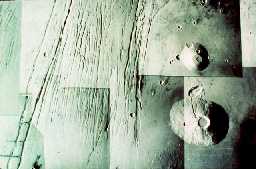
Like the Earth's lithosphere, the Martian lithosphere is the not-so-rigid part of the crust of Mars which is cooler than the interior of Mars somewhat like the film on top of a cup of hot cocoa. On Earth,
...more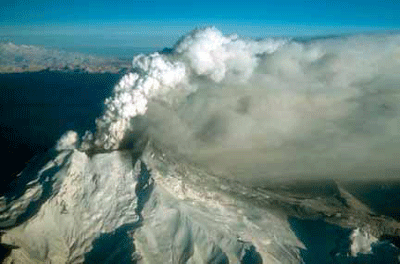
Ash is made of millions of tiny fragments of rock and glass formed during a volcanic eruption. Volcanic ash particles are less than 2 mm in size and can be much smaller. Volcanic ash forms in several ways
...more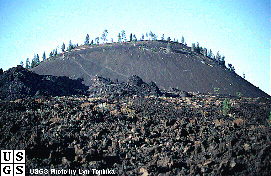
Cinder cones are simple volcanoes which have a bowl-shaped crater at the summit and only grow to about a thousand feet, the size of a hill. They usually are created of eruptions from a single opening,
...more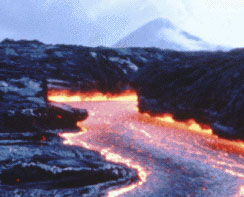
Lava can move in broad flat lava flows, or it can move through tight channels or tubes. Lava flows tend to cool quickly and flow slowly. The fastest lava outside of channels moves at about 6 mi/hr an easy
...more














